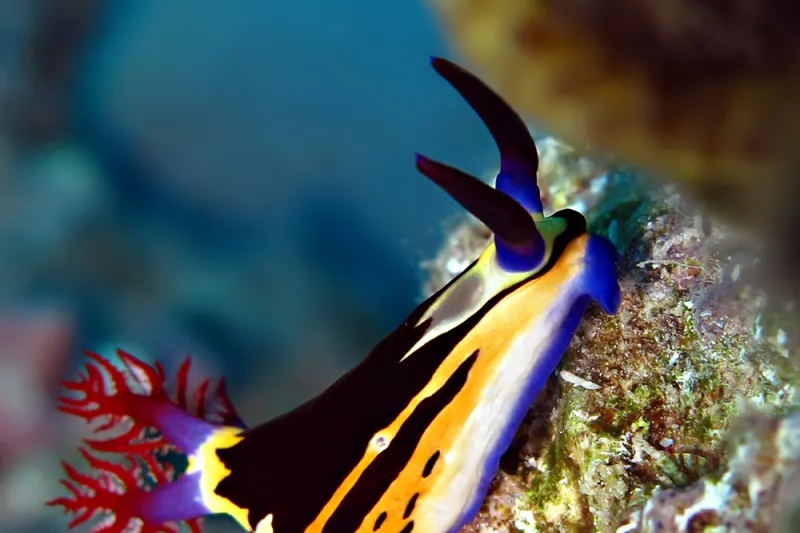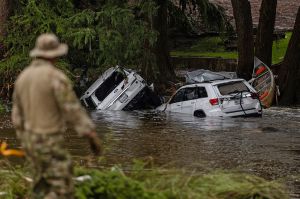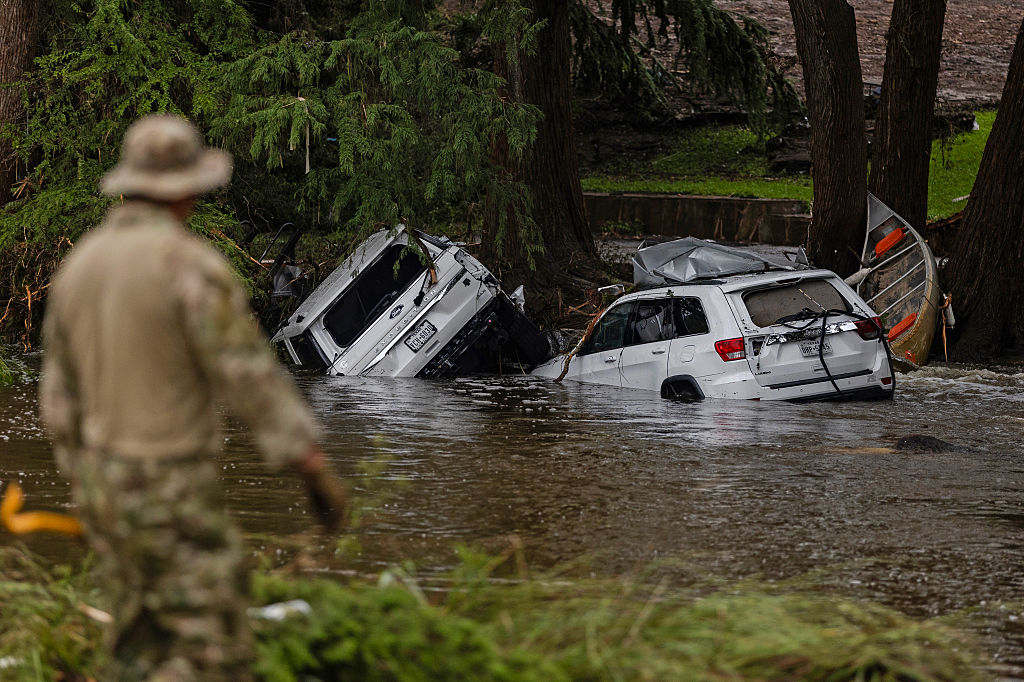While they may be outnumbered and outweighed by insects, the terrestrial world is really the kingdom of the vertebrates. Mammals, birds, reptiles and amphibians dominate most ecosystems. Yet, as Drew Harvell points out in her fascinating new book, the seeming diversity of the terrestrial vertebrates is deceptive. In fact all are contained within just one of the 34 groups of animals that live on our planet, and their many designs are really variations on a quite narrow set of themes. This means that all share bilateral symmetry – heads with eyes and brains atop bodies with four limbs that contain their organs.
By contrast, the other 33 groups of animals, the invertebrates, are astonishingly various in their design, with arsenals of adaptations and biological tricks. And while there are many invertebrates on land, it is in the ocean – the birthplace of all life on Earth – that their evolutionary innovations find their most extraordinary expression. Invertebrates subvert our assumptions about the basic nature of animals. Whereas animals on land are almost exclusively mobile, many marine animals, such as corals, sea pens, anemones and sea squirts, spend most of their lives anchored in one place, like plants; others do not breathe oxygen or even consume food in the form of organic matter. Invertebrates also possess abilities that challenge our conception of the boundaries between different kinds of organisms.
Harvell, a professor of ecology and evolutionary biology at Cornell University, writes vividly and with tangible delight about this strange world, zooming in on a series of the most striking of these animals. Along the way, she teases out not just the radical nature of their adaptations but also their potential to help open up new avenues for human innovation.
Many of these possibilities are biomedical. Chemicals produced by marine animals have already transformed the treatment of a range of conditions. Successful breast and ovarian cancer drugs such as Halaven and Yondelis are derived from compounds found in them, while their bacteria has also helped lead to new antibiotics. Even the antiretroviral, AZT, which was used to reduce the risk of HIV transmission between mothers and children, came from the ocean.
While some of these drugs derive from other creatures – Halaven, for instance, is based on a compound produced by a form of sea squirt, and the painkiller Prialt evolved from the venom of a cone shell – the bulk of them come from sponges. Sponges are often thought of as primitive animals, partly because they, or the comb jellies, are the deepest branch on the tree of life, having diverged from all other animals around 600 million years ago. Yet while they lack eyes, limbs and even organs, the 5,000-odd species of sponges found in the ocean are extremely sophisticated creatures. They have cells capable of taking multiple forms or regenerating its parent from just a single cell, and remarkable abilities to control and direct the flow of water through their bodies. More importantly, sponges contain bacteria and microalgae that can create the huge variety of chemical compounds that are already proving so valuable to humans.
Sponges contain bacteria that can create a huge variety of chemical compounds valuable to humans
The compounds produced by the bacteria have various purposes, but many play a part in helping protect the sponges from disease. Scientists have traditionally seen the ability to distinguish self from non-self as the basic mechanism underpinning the immune system. But the intertwined evolution and exchange of genes between sponges and their bacterial symbionts suggests our understanding of immune system function is at best incomplete.
These questions are pushed further in Harvell’s discussions of species of nudibranch. These are capable of ingesting algae and incorporating their photosynthetic abilities, so they become photosynthesizing animals; or, even more remarkably, they can eat the stinging nematocytes of anemones and add them to their own bodies. The ability to incorporate the cells of a completely separate species has profound implications for organ transplants, opening up the possibility of preventing rejection.
Harvell also explores the use of the chemicals used by bioluminescent animals in medical imaging; the development of smart materials that utilize the abilities of the skin cells of octopuses to change color and texture; and new biomaterials capable of transitioning from flexibility to rigidity, based on the skin of sea stars and sea cucumbers.
Her discussion of these wonders is given an uncomfortable urgency by the accelerating catastrophe of anthropogenic change, as rising ocean temperatures and other factors place increasing pressure on marine ecosystems. It is also, although less obviously, shadowed by the complex debates surrounding the question of who owns the immense genetic resources of the ocean, and the history of their exploitation by corporations in the Global North at the expense of the peoples in whose waters they originate. Nonetheless, Harvell’s rapturous descriptions of marine environments and her belief that “the rules of life can be reshaped” offer a powerful reminder of how much we have to gain by saving the ocean.


























Leave a Reply